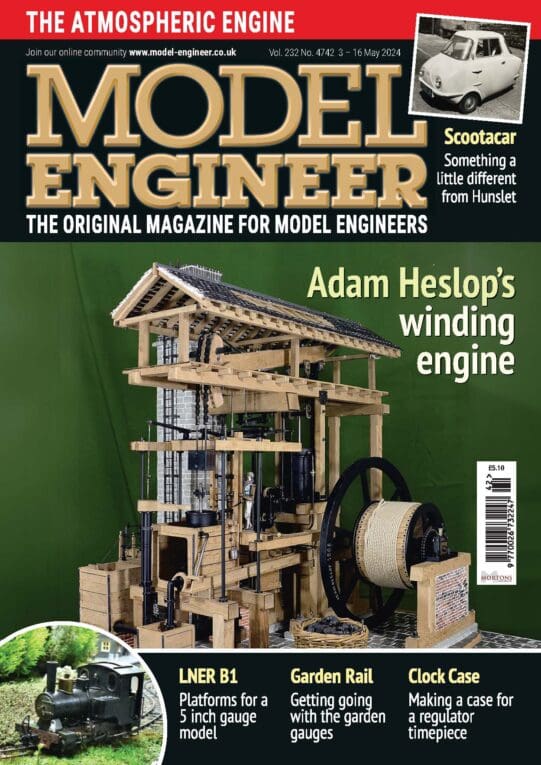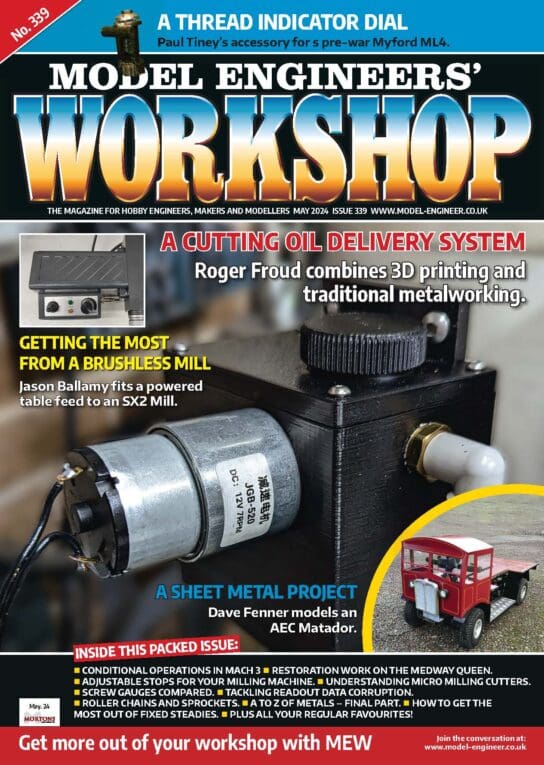Thankyou – a pleasure Steve!
“… said to be Welsh Steam Coal…” Well, it might be but these days it’s going to be a matter of luck what any of us can find.
Welsh Steam Coal is fairly hard, glossy and bituminous, burning with definite flames but not too much smoke; and evolving a lot of heat.
The softer bituminous rocks sometimes called “house coal” burns with long yellow flames until the volatile components have gone. It will work as a boiler fuel but is quite mucky stuff, often with a lot of soot and a distinctly yellow-tinged smoke from high sulphur content.
Anthracite is the hardest natural form of coal, and burns at the highest temperature but is harder to ignite and may need a stronger draught to keep burning fully. Some model-engineers mix it with a softer coal to aid its combustion.
Once all are burning properly though, their individual natures won’t matter much in a miniature locomotive. They will all work.
.
Whatever the coal, the smoke should be visible only when the locomotive is stationary with the blower off, and until the volatile materials have burnt away; but in those mechanical conditions the fire will rapidly die out. Some locomotives have a graduated catch on the fire-door, or a small hole in it, allowing just enough “top air” to help the volatile materials and carbon-monoxide burn. (The CO burns with a very pale blue flame and more importantly, considerable heat, so sending it straight up the chimney is a waste.)
.
You don’t want to put coal-grit on the fire but the lumps can be too big even if they fit through the door. The ideal for the specific engine is found by trial and error, but for 5″ gauge, thinking back to the loco I learnt to drive on*, around broad-bean size is a good start.
Be judicious with the coal hammer though if your source gives you carbon boulders. Some coal will just shatter to a lot of slack if hit too hard, wasting a lot of it. If you look at it, some will have a homogenous structure. Other coal though may show clear bedding – laminations – and is best broken by striking on the bedding edges so it flakes.
It is quite likely now that any batch of natural coal we buy, not the “smokeless” brands that are partially coke, will be a mixture from different seams, mines or even regions. Back in the Summer, the coal we were given for our club’s miniature railway at a rally held big lumps of two very different species. One was so hard it took a hammer and chisel to break it. The other was softer but very brittle, too easily shattering into coarse grit. Both species seemed to burn equally well, though.
One piece of the brittle species showed a curious surface pattern thought by fellow geology-club members to have been charring: the original tree had been in a forest fire. Apart from the piece I kept, we completed its combustion some 350 million years later!
.
Your driving tool-kit will need include a tube-brush to suit the fire-tubes; and something like old or cheap paint-brushes for the rest. When cleaning the tubes also brush the blower jets clear, and clean the chimney and petticoat-pipe – place something over the blast-pipe to stop soot falling down it. Sweep out the bottom of the smokebox: some owners use a small portable vacuum-cleaner there.
The state of the muck in the chimney will also very roughly indicate the cylinder-lubricator setting. An oily black sludge suggests over-oiling but that errs on the side of safety: better wasted steam-oil and a gunged-up chimney than ruined cylinders. The chimney holding only a thin coating of dry dirt, may warn of too little oil.
Brush the inside of the smokebox door and the mating face on the smokebox before closing it.
A paint-brush used gently is also ideal for sweeping loose ash and coal-dust from the footplate etc.
”””’
A Merry Christmas and Happy Steaming to you too!
.
*A Maid of Kent, LBSC’s 5″ g interpretation of a Southern Railway 4-4-0, ‘L’ -class I think. Though ours was graced with Maid of Athens – and unusually but welcomed by the drivers’ fingers, the manifold valves’ neat hand-wheels were of ‘Tufnol’ . I don’t know why this Maid had earned Grecian, proudly on the brass name plates. I have not seen her since around the mid-1970s, but I hope this Athenian still exists somewhere, even better in running order and indeed still in service!
Greensands.




